When I think of sculptors who have the ability to capture pure emotion in the expressions and poses of their subjects, my mind goes to Auguste Rodin or Donatello’s Penitent Magdalene. I was recently introduced to the work of Augusta Savage, a black American artist the first half of the 20th century, who will now join Rodin when I think of emotional and expressive portrait sculptures. Marvel at her incredible work below and share it with your children and students with these activity ideas and discussion questions.
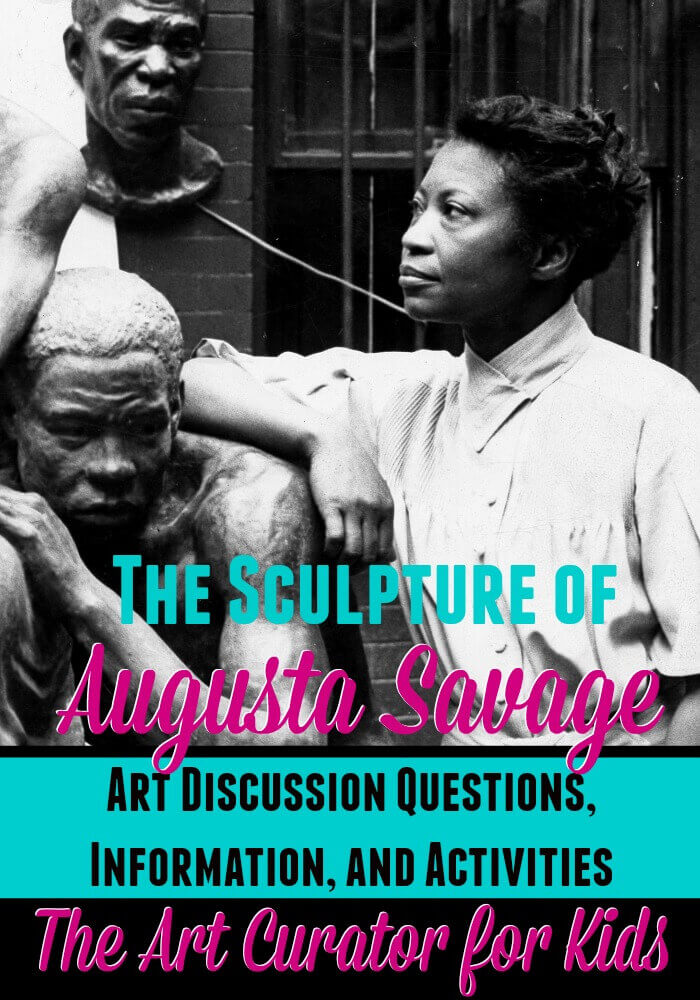
This post contains affiliate links that help support the work I do for you on Art Class Curator. Thank you!
About Augusta Savage
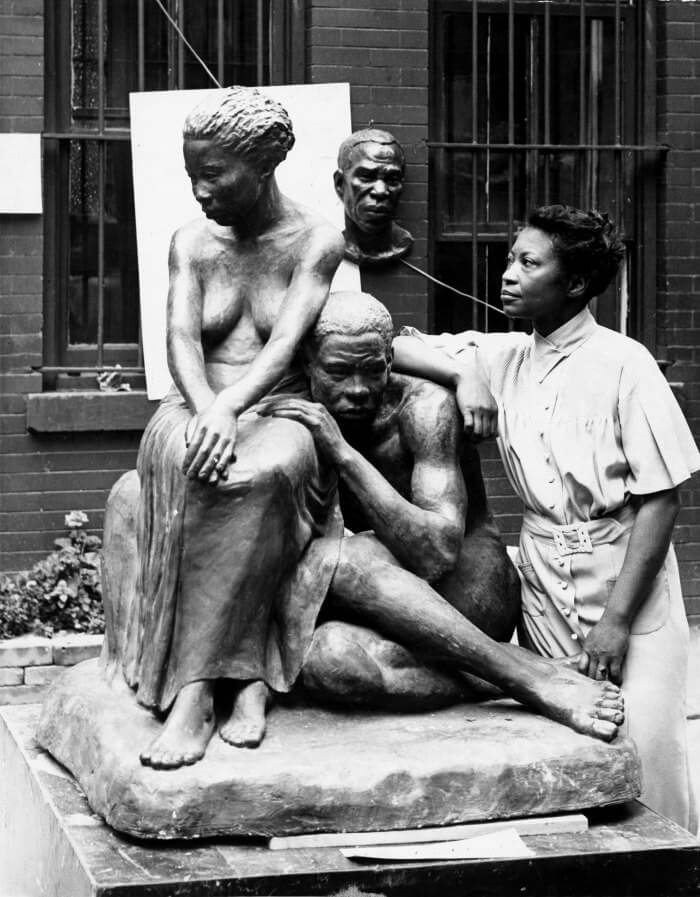
Considered a leading artist of the Harlem Renaissance, Augusta Savage (1892-1962) was an African-American sculptor, arts educator, and activist. She grew up in Florida and attended Cooper Union in New York City. After initially denied entry into a study abroad program because of her race, she eventually won fellowships to study in Paris and exhibit at the Grand Palais because of the vitality of her classical sculpture work.
Though commissioned by notables of the day including W.E.B. DuBois, she began teaching to support herself, starting her own art school, Savage Studio of Arts and Crafts, in New York City. She was a founding director of the Harlem Community Art Center through the WPA program, where she devotedly mentored many African-American artists, including Romare Bearden and Jacob Lawrence.
Remarkably, we can see Augusta Savage at work in a silent documentary made in 1936; titled “A Study of Negro Artists,” the intriguing film provides a striking glimpse into this era:
Augusta Savage’s Portrait Sculpture
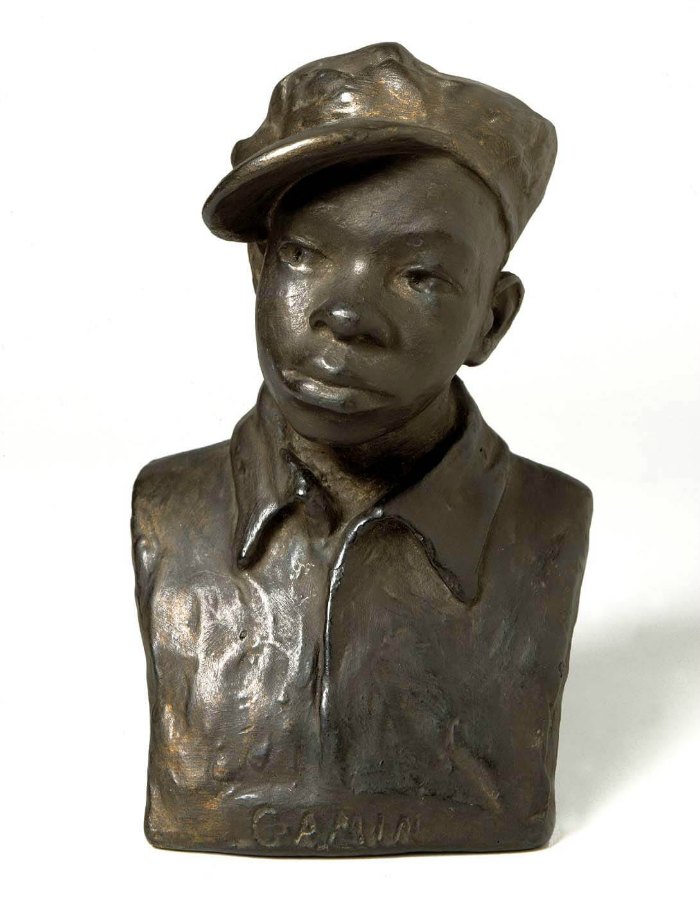
Gamin, a portrait bust of a homeless boy or perhaps Augusta Savage’s nephew, was Augusta Savage’s first successful artwork. She won an award for the work which gave her a scholarship to travel to Europe. Gamin is French for “street urchin.”
Augusta Savage’s The Harp (Lift Every Voice and Sing)
One of Augusta Savage’s most stunning artworks is The Harp which she created for the 1939 World’s Fair in New York. The sculpture was inspired by James Weldon Johnson’s 1900 poem-turned-song Lift Every Voice and Sing.
This song was first sung as a part of Abraham Lincoln’s birthday celebration in 1900 by a group of school children. The song is now often referred to as the Black American National Anthem.
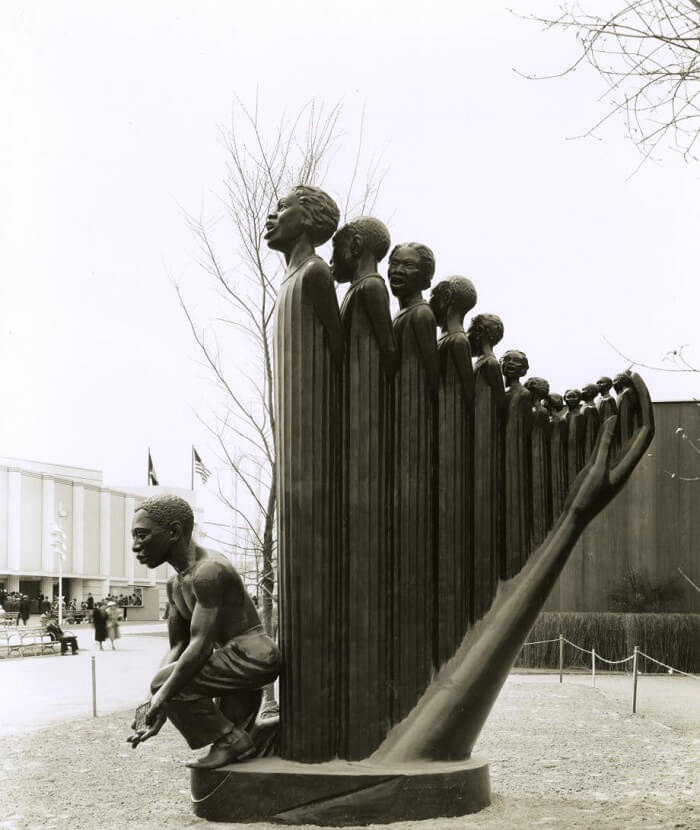
The Harp includes 12 singers who form the strings of the harp. The hand of God acts as the soundboard of the harp and holds up the singers while a kneeling man acts as the foot pedal.
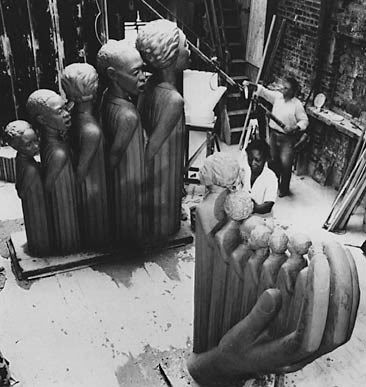
The sculpture was unfortunately destroyed at the end of the fair. Only photos and a small model remain.
Ways to Experience this Artwork
- Discuss this artwork with your students using the following questions as a guide. Don’t tell the students the title or give any information until they have discussed the artwork and thought about it for themselves.
- What’s going on here?
- What does this remind you of?
- What symbolism can you find in this sculpture?
- How does this sculpture make you feel? How do you think this artist felt about this sculpture?
- Have you students listen to, read, and interpret the lyrics of Lift Every Voice and Sing, and then ask them to find the lines of the poem that are represented in Savage’s sculpture.
- Read In Her Hands: The Story of Sculptor Augusta Savage. Discuss the choices Savage had to make to pursue her dreams. Have students write about their own life dreams and the choices they would need to make to make them a reality.
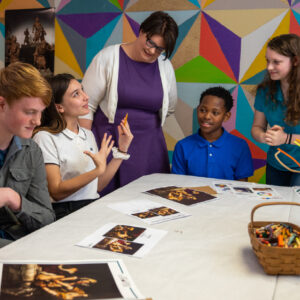
Get the Full Lesson!
This Lesson is in The Curated Connections Library!
Find the full lesson from this post along with hundreds of other art teaching resources and trainings in the Curated Connections Library. Click here for more information about how to join or enter your email below for a free SPARKworks lesson from the membership!


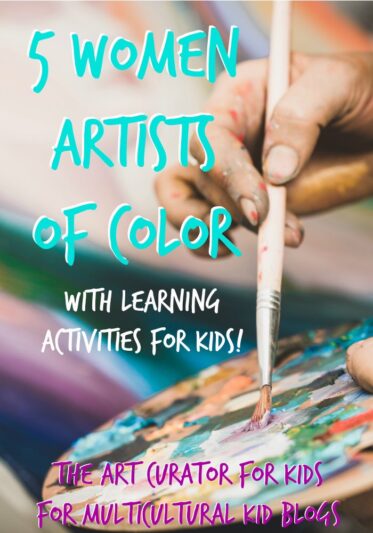
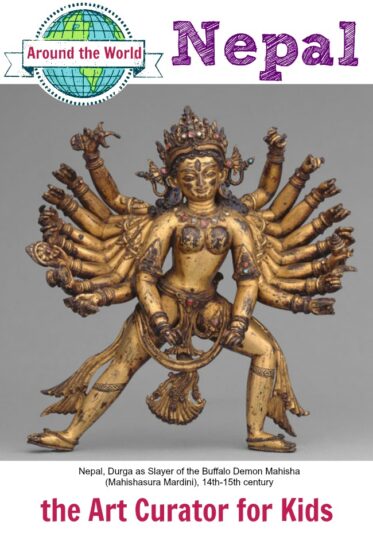
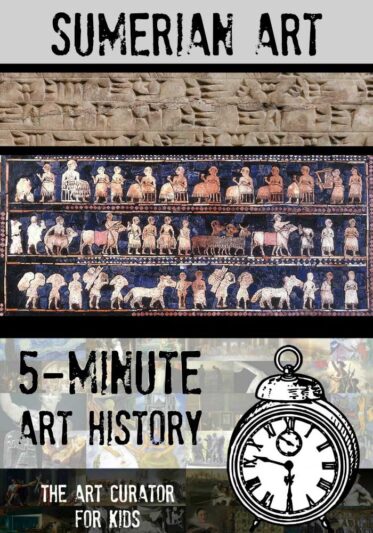

Leave a Comment